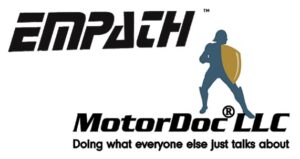
by Howard Penrose, Ph.D., CMRP | Aug 8, 2022 | Electrical Reliability, The Sustainable Plant
In our investigative process, we usually return to subs and transformers for data after we do a walkthrough survey. However, in this article, we’re jumping out of order and looking at the data that we will end up gathering at the end of our survey. As we...
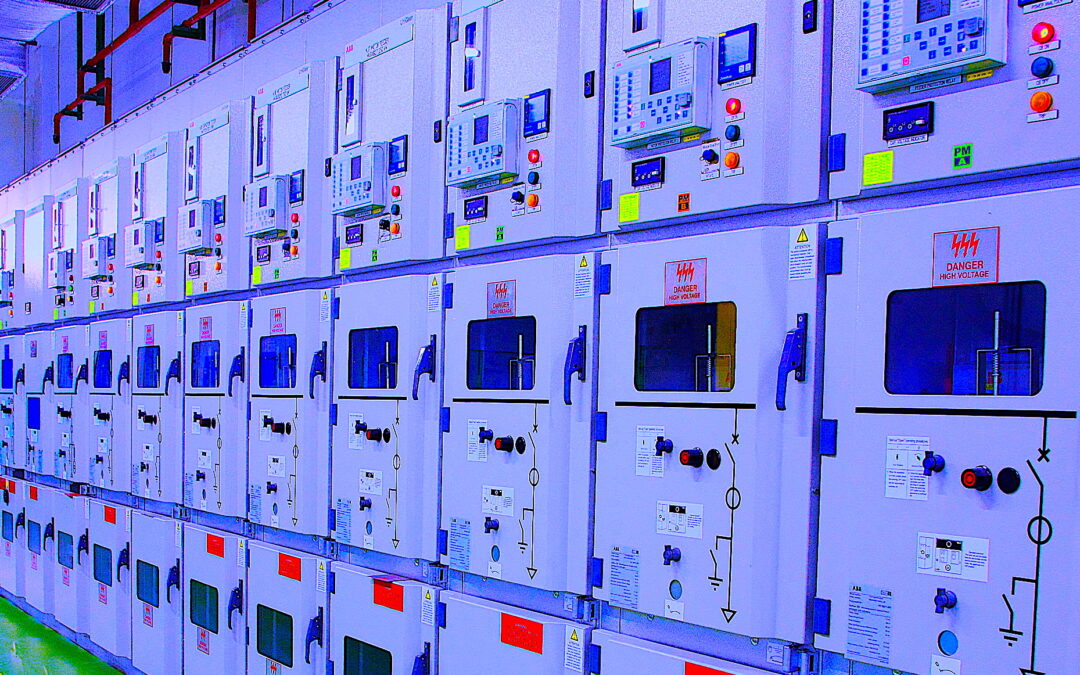
by Howard Penrose, Ph.D., CMRP | Aug 1, 2022 | Electrical Reliability, The Sustainable Plant
As with any story, we want to start at the beginning, and the power system provides us a story of the reliability of our facility. While hope this power looks like Fig. 1, it more often it looks like Fig. 2. Does this mean that we are looking at a...
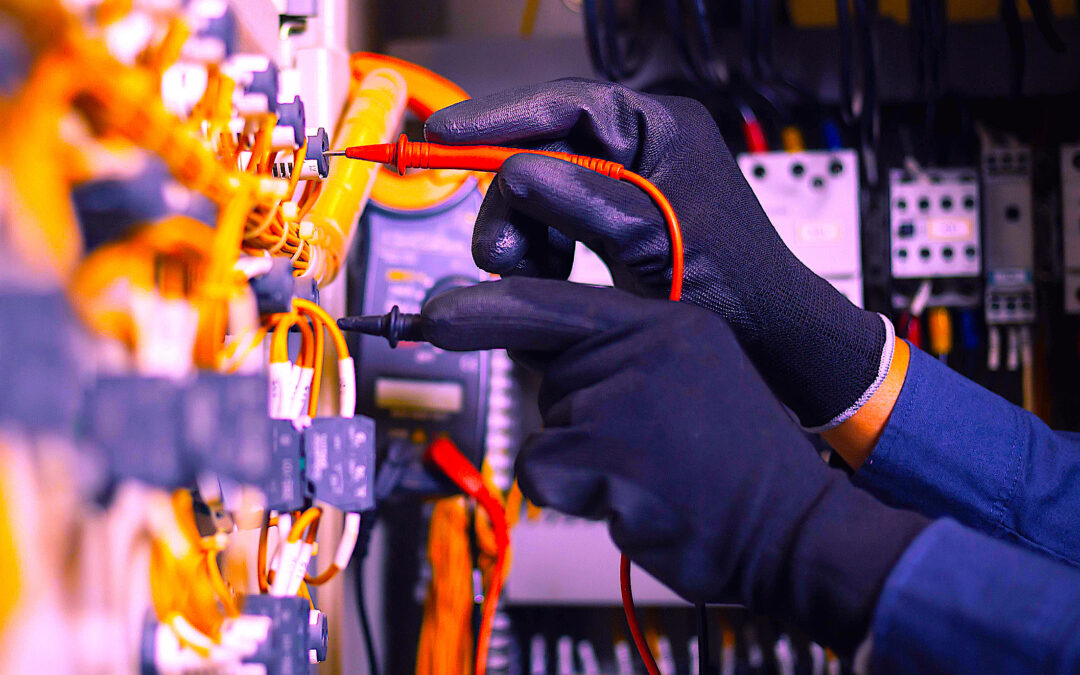
by Howard Penrose, Ph.D., CMRP | Jul 24, 2022 | Electrical Reliability, The Sustainable Plant
Theory is a wonderful thing. And countless articles of this type spend a fair amount of time on theory versus application of electrical reliability. So, we’ll be different. In this article, we will discuss, based on personal experience, the scope of a basic...

by Howard Penrose, Ph.D., CMRP | Jul 18, 2022 | Electrical Reliability, The Sustainable Plant
The Point of Common Coupling (PCC) is the place where the electrical responsibility changes from the utility to the customer. Within the standards, the utility has responsibilities for power quality as does the customer for how its equipment and loads impact the power...

by Howard Penrose, Ph.D., CMRP | Jul 10, 2022 | Electrical Reliability, The Sustainable Plant
Remember that mysterious, invisible force we don’t really tend to notice until it’s not there? With all the discussion around the electrification of everything, it still amazes me that in Reliability Engineering we will identify a single machine in a plant losing a...
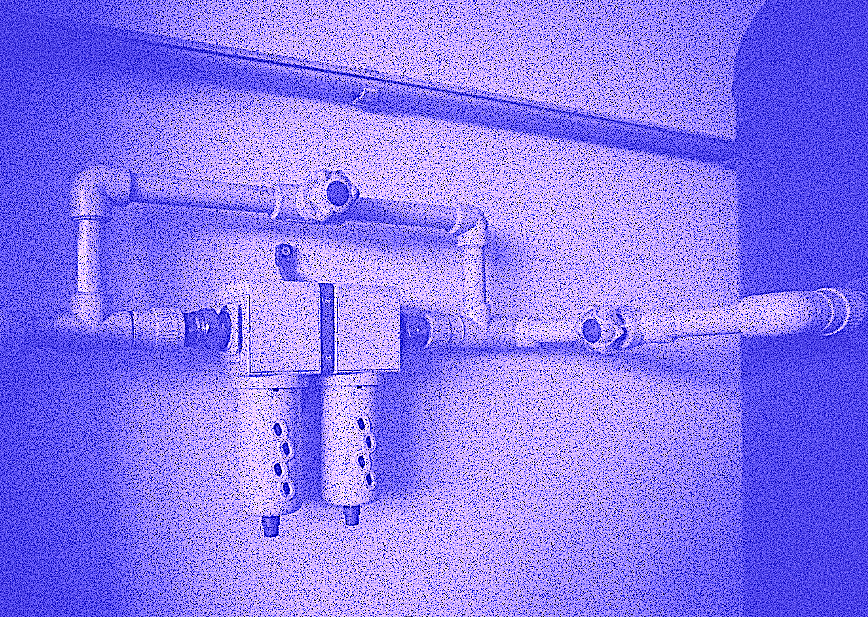
by Howard Penrose, Ph.D., CMRP | Jul 4, 2022 | Asset Management, Electrical Reliability, The Sustainable Plant
As events occur throughout the economy and energy costs continue to rise, all opportunities for energy efficiency should be explored as part of an organization’s effort to be profitable. In operations that use large amounts of compressed air, such as packaging...
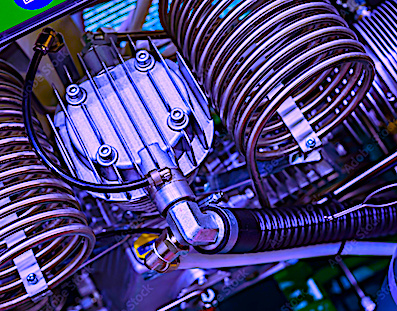
by Howard Penrose, Ph.D., CMRP | Jun 26, 2022 | Asset Management, Electrical Reliability
One of the more challenging systems to analyze with Electrical or Motor Current Signature Analysis (ESA or MCSA) is that of a synchronous motor running a reciprocating compressor. As the piston moves, there’s an impulse at both ends of the stroke,...
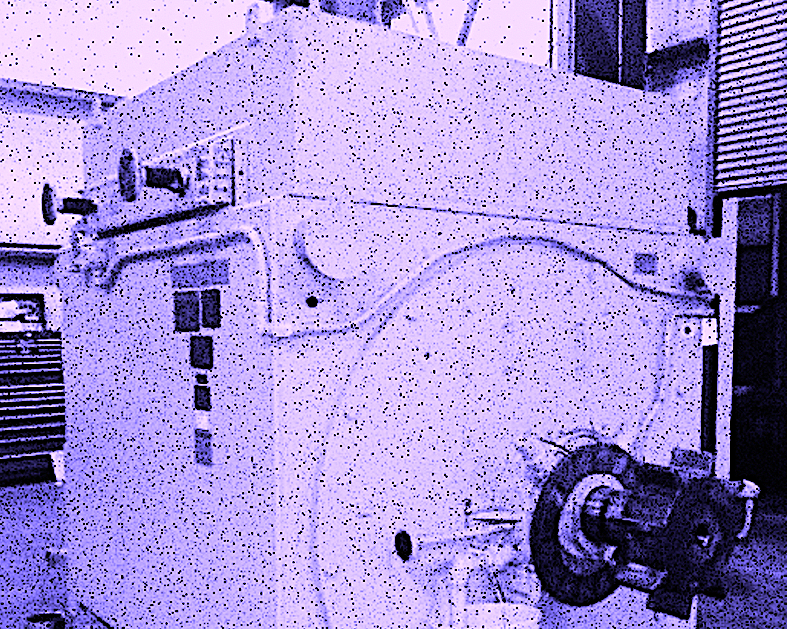
by Howard Penrose, Ph.D., CMRP | Jun 19, 2022 | Asset Management, Electrical Reliability
We received several questions around our June 11, 2022, article (see link below) on the testing of synchronous machines, i.e., motors and generators) with Electrical Signature Analysis (ESA). Some readers wanted to know what failure of a synchronous motor looked like....
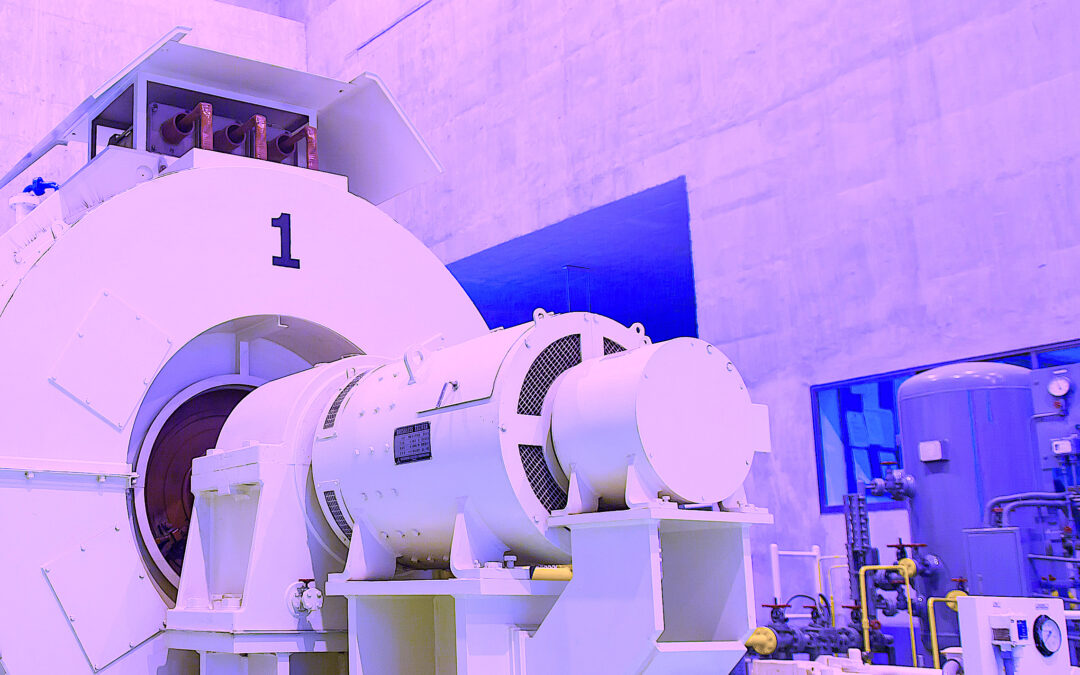
by Howard Penrose, Ph.D., CMRP | Jun 11, 2022 | Asset Management, Electrical Reliability
The challenge with detection of rotor issues in synchronous machines, i.e., motors and generators, so I’ve been told, is that such machines have no slip. If that argument were to hold true, you would not be able to detect rotor defects in synchronous machines. In my...
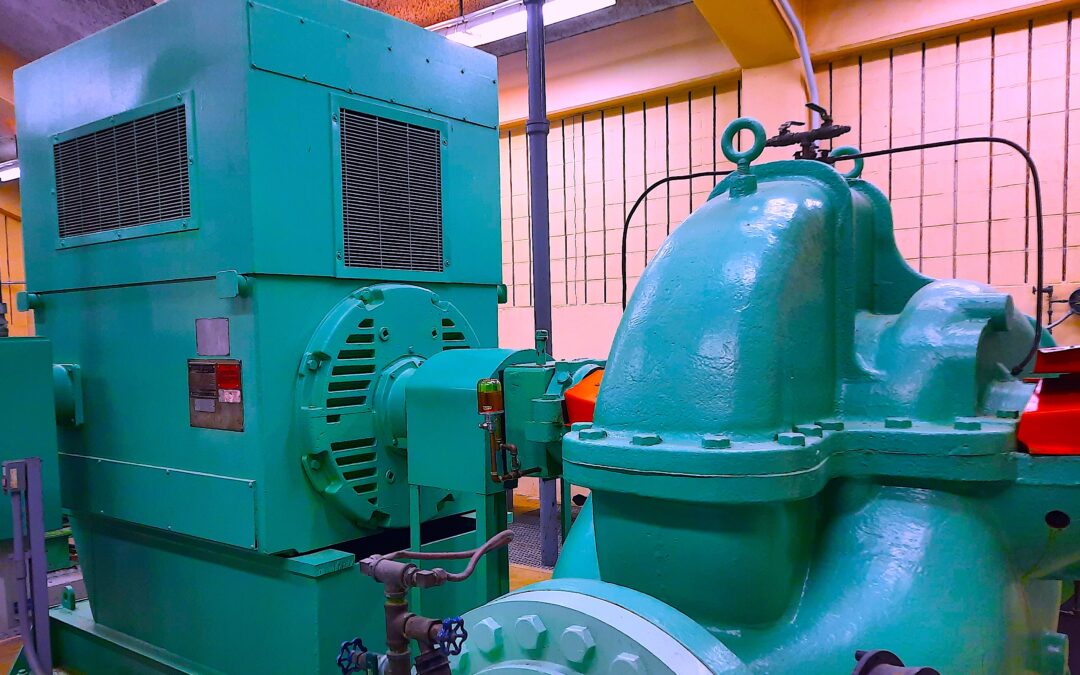
by Howard Penrose, Ph.D., CMRP | Jun 5, 2022 | Asset Management, Electrical Reliability
Getting out in the field as part of research on electric-motor life cycles, remaining-useful-life (RUL) studies, (Time to Failure Estimation (TTFE), or as we refer to it, predictive maintenance (PdM), you get to study machines in many conditions. In this short case...












